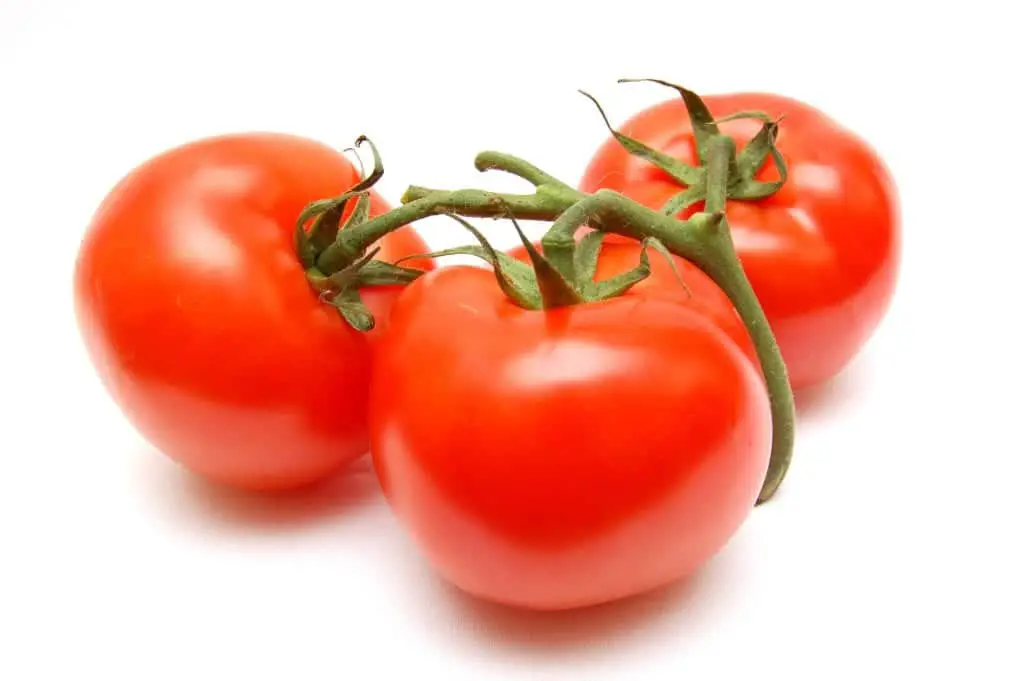

There are certain fruits that, once they are pulled from the plants, can continue to ripen without problems if they have reached an adequate level of development. These are known as climacteric fruitsand they must be taken into account when we want to grow plants, especially if their fruits are edible.
Let’s know more about this interesting concept.
A Little History


It was in 1925 when Kidd and West coined the term “climacteric fruit” to describe the increased respiratory rate accompanying maturation of apples. Today, the fruits are classified as climacteric or non-climacteric depending on whether or not their maturation is regulated mainly by ethylenewhich is a gas that acts as a phytohormone.
All fruits, and indeed all parts of plants, produce this gas. But during ripening it exerts a much more important role in climacteric fruits, which increase production in order to finish their development even when they are harvested. In the case of non-climacteric, the rate of ethylene production is almost invariable, so that once they are harvested, they stop their development and end up drying in a matter of a few days.
What are the climacteric fruits?


There are many more climacteric fruits than we might think, such as: tomatoes, Avocados, mangoes, figs, guava, custard apple, blueberry, kiwis, passion fruitThe bananas and bananasThe papayasThe japanese plumsOr the apples.
And the non-climacteric fruits?


Non-climacteric fruits are, for example, nutsThe grapes, Citrus in general (pomelo, lemon, orange, tangerine), The olivesThe cherriesThe strawberries, peppers, litchi, prickly pear figThe raspberries, blackberry or the cannon.
Have you heard of this concept?
